1. Technical background and industry pain points
• Traditional challenges of ribbon slitting: Ribbon (a filament used for thermal transfer printing) is prone to edge waste (about 3-5%) during the slitting process, leading to material waste and higher costs.
• Environmental pressure: Waste from traditional slitting processes is difficult to recycle (including multi-layer composite materials), landfill or incineration increases carbon emissions, and violates global environmental regulations (such as EU REACH, China's "dual carbon" goal).
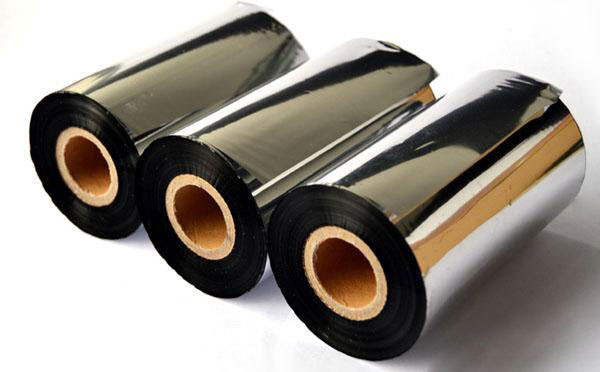
2. Core innovation of zero waste slitting
• Dynamic laser positioning technology:
◦ The high-precision laser sensor scans the edge of the ribbon coil in real time and dynamically adjusts the tool head path to ensure that the slitting line and the material boundary coincide perfectly.
◦ Compared with traditional mechanical positioning (±0.5mm error), the laser accuracy reaches ±0.05mm, eliminating the waste edge caused by "safety margin".
• AI-powered width optimization system:
◦ Analyze the order requirements through machine learning (e.g., customers require 100mm wide ribbons) and automatically calculate the optimal slitting combination (e.g., slitting 1m wide raw materials into 10 strips of 100mm, no residue).
• Waste in-situ reuse technology:
◦ A very small amount of unavoidable particulate waste is adsorbed under negative pressure, and is electrostatically separated and reintegrated into the substrate coating to achieve closed-loop production.
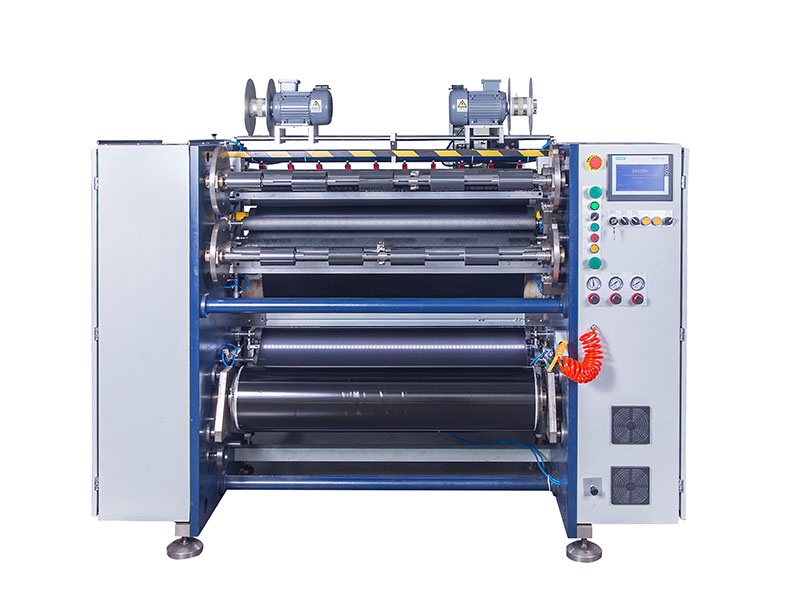
3. Quantification of green benefits
• Waste reduction: Measured data shows that cutting 10,000 kilometers of ribbon (about 200 tons) can reduce waste by 8-10 tons, which is equivalent to cutting down 54 less adult trees (calculated as carbon sinks).
• Energy optimization: Laser slitting is 30% more energy-efficient than mechanical blades (no frictional resistance), and the plant with an annual production capacity of 100,000 tons can save 2.4 million kWh/year.
• Economic return: Although the equipment cost is 15% higher, the material utilization rate is increased from 95% to 99.8%, and the investment can be recouped through scrap savings within 2 years.
4. Cases of industrial chain upgrading
• The practice of a Japanese ribbon giant:
◦ After the introduction of the zero-waste slitting machine, it obtained UL Ecologo certification, and the product premium increased by 12%.
◦ Win Apple supply chain orders with the "zero waste" marketing concept (subject to the Supplier Clean Energy Program).
• Dongguan, China Pilot:
◦ Combined with photovoltaic-powered zero waste slitting workshop, a single production line was awarded the "Green Manufacturing Demonstration Unit" of the Ministry of Industry and Information Technology.
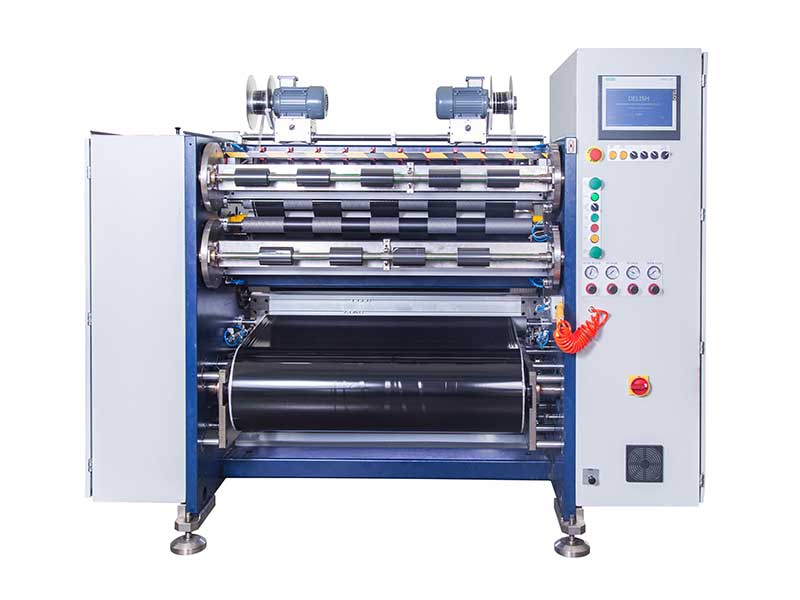
5. Technical barriers and future directions
• Current limitations: Replacement of ultra-thin ribbons (< 3μm) still has a microcrack rate of about 0.1%, which needs to be strengthened by nano-coating.
• Next-generation R&D:
◦ Quantum dot sensing technology: further improve edge detection sensitivity.
◦ Hydrogen energy slitting workshop: Achieve zero carbon emissions throughout the life cycle.
epilogue
Zero waste slitting technology is redefining the standard for sustainability in ribbon manufacturing. According to the Boston Consulting Group, the technology will reach 65% global penetration by 2030, driving the industry to reduce carbon emissions equivalent to the total annual emissions of Iceland. This green revolution proves that precision manufacturing and eco-efficiency are not trade-offs, but mutually driven future paradigms.
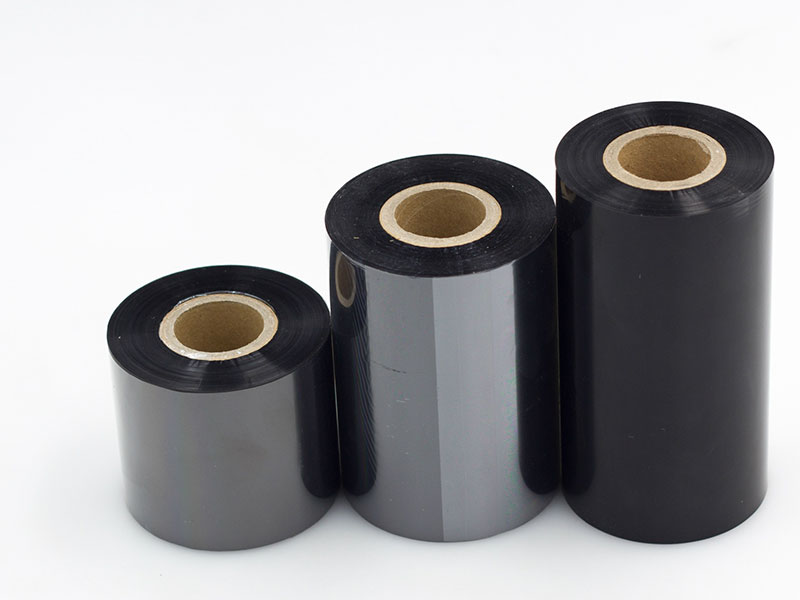
it uses precise cutting to cut out a more economical, more efficient and more environmentally friendly development path for enterprises.
29. December, 2025
Modern high-quality ribbon slitting machine combines automation, intelligence and high precision:
29. December, 2025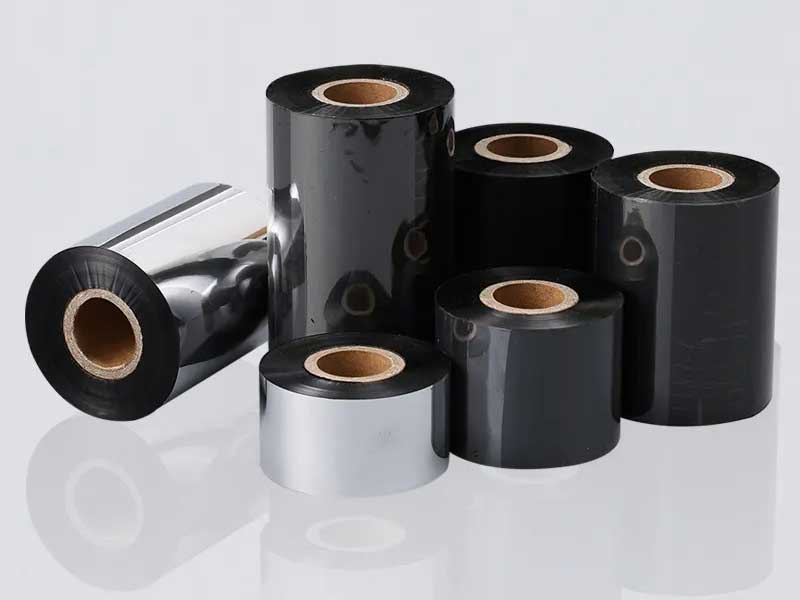
Through precise local upgrading, process optimization and intelligent transformation, small and medium-sized enterprises can achieve a great leap in production efficiency with limited resources.
29. December, 2025
The portable ribbon slitting machine, with its exquisite body, leverages the deep transformation of the traditional production and service model.
26. December, 2025
It's not just a superposition of features, but an art of finding a fine balance on the edge of a sharp blade.
26. December, 2025